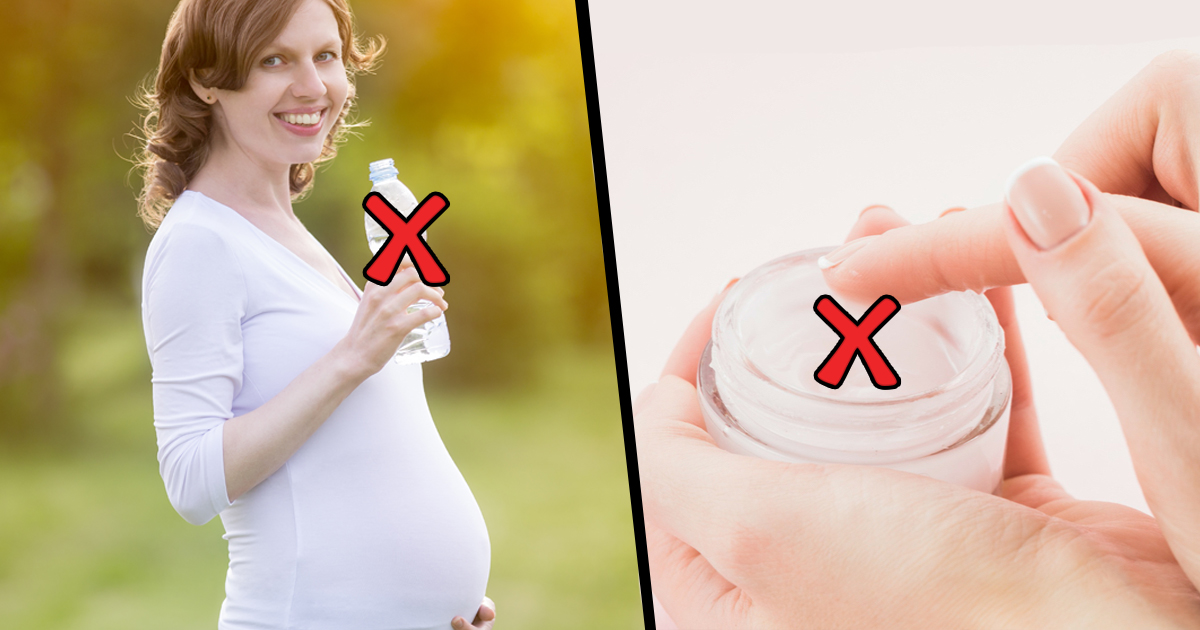For anyone, becoming pregnant is a really special time. It offers joy, love, and a significant amount of hope. But it also presents plenty of difficulties. It is not unusual for those close to you to inform you of the numerous care you must take when pregnant.
The majority of the time, though, this is related to your diet or physical activity. Everyone will advise you to limit certain foods and avoid some of the more physically demanding activities in order to keep both you and your fetus healthy, including your doctor.
Even while this is wholly true and essential, one aspect of safety frequently goes overlooked or isn’t given the same attention, and that is to do with chemical exposure. We come into contact with many things in our daily lives, not all of which are healthy.
It is very easy to be around items that could contain dangerous toxins, even when you are at home. Although generally speaking, these things won’t harm you much, if you are pregnant, you should take extra precautions to reduce any potential issues.
And for this very reason, today’s topic will be ten chemicals frequently found in and around homes that you should stay away from if you’re pregnant.
Lead
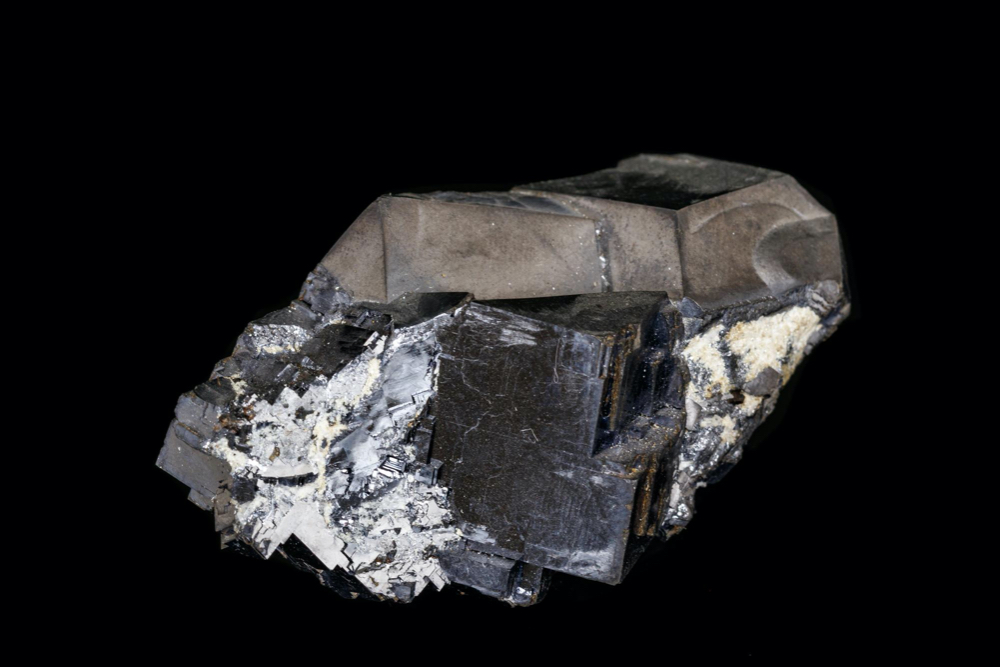
One of the most harmful things a pregnant mom may come across is Lead. This heavy metal is notorious for being toxic and being the root cause of issues such as lead poisoning. Exposure to lead can cause various health issues, primarily concerning the brain and the neurological health of a person.
Back in the day, lead was a commonly occurring component used in paints. These paints were used for houses, public buildings, and even water pipes. This resulted in many people suffering from lead poisoning.
While today the use of lead has been banned, there still is a chance that the water you drink comes from an older pipe that still has a coating of lead paint. This is especially true if you consume tap water.
Thus to avoid coming in contact with this harmful chemical, you should avoid having tap water and use a lead test kit to check the paints of your house if you are in an older house.
Mercury

Similar to lead, Mercury is another heavy metal that is a potent and very harmful neurotoxin.
When coal is burned in power plants, air pollution containing mercury is primarily what humans are exposed to. The mercury accumulates in large predatory fish, including king mackerel, tilefish, shark, swordfish, and tuna, once it enters oceans, freshwater lakes, rivers, and streams. Older thermometers and compact fluorescent light bulbs can also contain mercury, but eating mercury-tainted fish is by far the most significant source of exposure.
One of the ways to avoid mercury is to be watchful of what you consume. Fishes are a great source of Omega-3 fatty acids, so instead of completely avoiding fish, ensure that you consume less risky seafood that contains only trace amounts of mercury but gives you your required dose of healthy nutrients such as shrimps, cod, sardines, etc.
Parabens
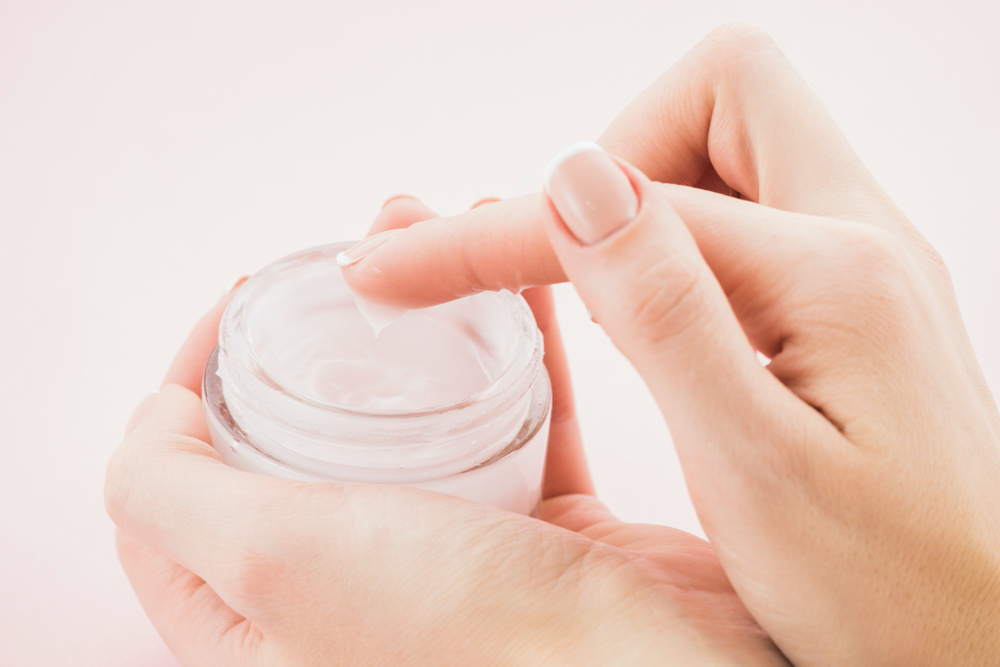
Finding products devoid of parabens is extremely simple. Preservatives known as parabens are also estrogen mimickers and have been connected to cancer. Even the European Union has condemned them.
Use paraben-free cosmetics and products to reduce the possibility of issues brought on by this substance.
PFAS
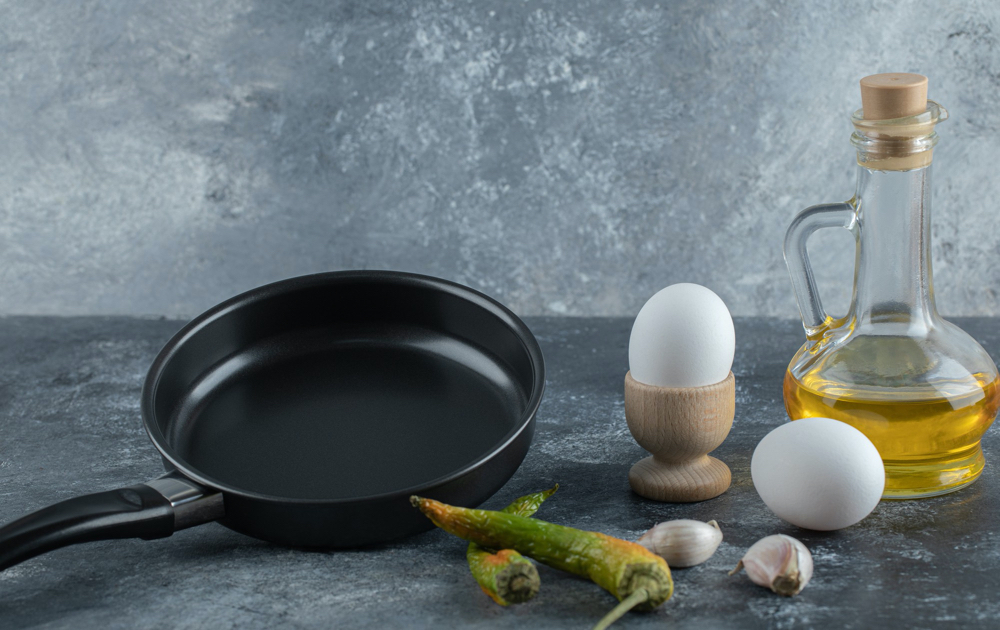
PFAs are types of chemicals that come under the class of harmful chemicals termed perfluoroalkyl substances. You can generally come across these in objects that are marketed as non-stick or come with a Teflon coating.
They can lead to many internal health problems, so you should avoid them by changing the utensils you use or going for an air-popped bag of popcorn instead.
BPA and Bisphenols
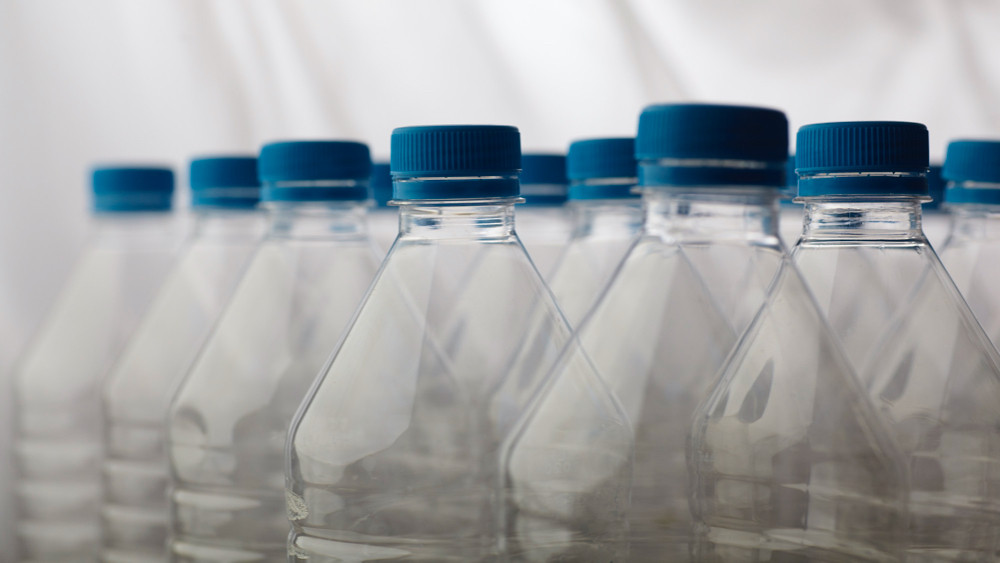
BPA exposure during pregnancy may have an impact on the growing fetus’s brain. Future issues for the child may include early puberty, a greater risk of prostate and breast cancer, and changes in gender-specific behavior brought on by abnormal brain development.
Hard plastic products frequently contain BPAs. Thus, it is best to choose stainless steel or hardwood products instead if you want to avoid them.
Pesticides
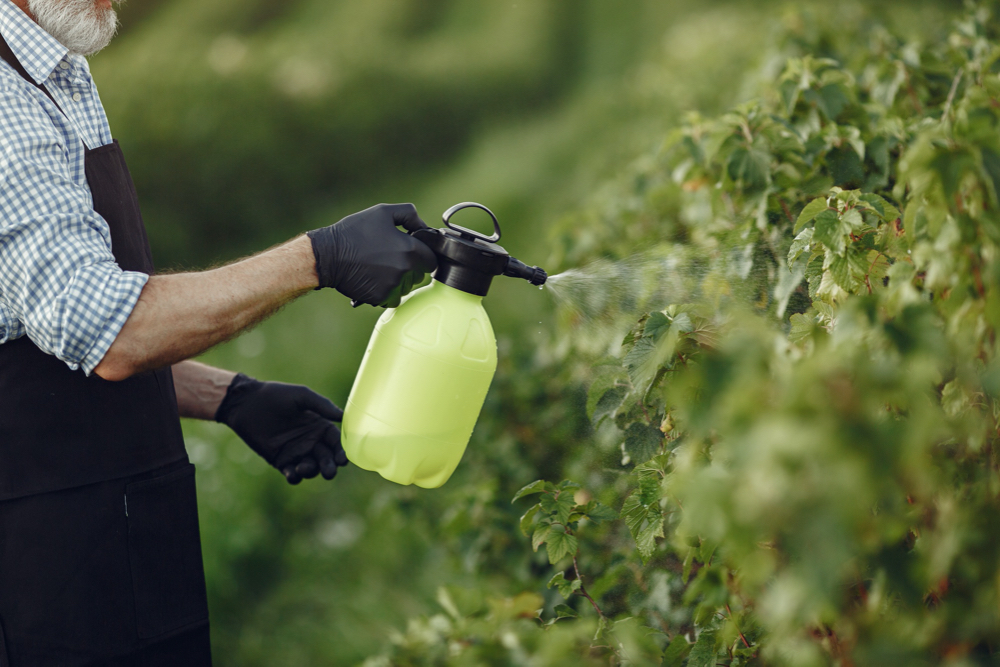
Pesticides and other pest control products are toxic and poisonous by nature. Even a regular, healthy person would avoid coming in contact with it, so it is an absolute no-brainer that a pregnant person should also stay away from places that have recently undergone the use of pesticides.
Toluene

Toluene is a liquid that is clear and colorless and has a distinct fragrance. It’s a useful solvent that can be found in paints, paint thinners, rubber, adhesives, lacquers, nail polish, and several printing and tanning operations. Together with benzene and xylene, it is also incorporated into gasoline to raise the octane rating.
In areas with a lot of traffic, toluene is frequently present in the outdoor air. If it’s present in the paints or nail polish that you use, it can quickly evaporate and constitute a significant source of indoor air pollution. Toluene exposure in utero at high concentrations can result in mental and development impairment in developing infants.
Avoid it by using toluene-free nail polishes and paints.
Formaldehyde
You can come across formaldehyde through your furniture, such as sofas, cupboards, and cabinets, as well as everyday products such as cosmetics, shampoos, and nail polishes.
Exposure to formaldehyde has been linked with miscarriages, which is also one of the reasons why smoking a cigarette during pregnancy is a big no as it can produce formaldehyde.
Asbestos
There are six separate fibrous minerals that make up asbestos, and they can all lead to cancer. Because of its fire resistance, asbestos can be found in practically every component of a home, including roofing, vinyl flooring, duct, pipe, and loft insulation, drywall, ceiling tiles, and even clothing.
Due to its presence in some American regions’ rock and soil, asbestos can also pollute drinking water. While you can’t have a ‘safe level’ of exposure to this chemical, it is important to avoid it by all means.
Benzones
Avoid using sunscreens of the Benzone class while pregnant. It is an illustration of an estrogen mimic, and it might be hazardous.
Use sunscreen devoid of benzenes to be on the safe side. The ideal approach in this situation is to use sunscreen geared at children because it effectively accomplishes the same task without the use of hazardous chemicals.

